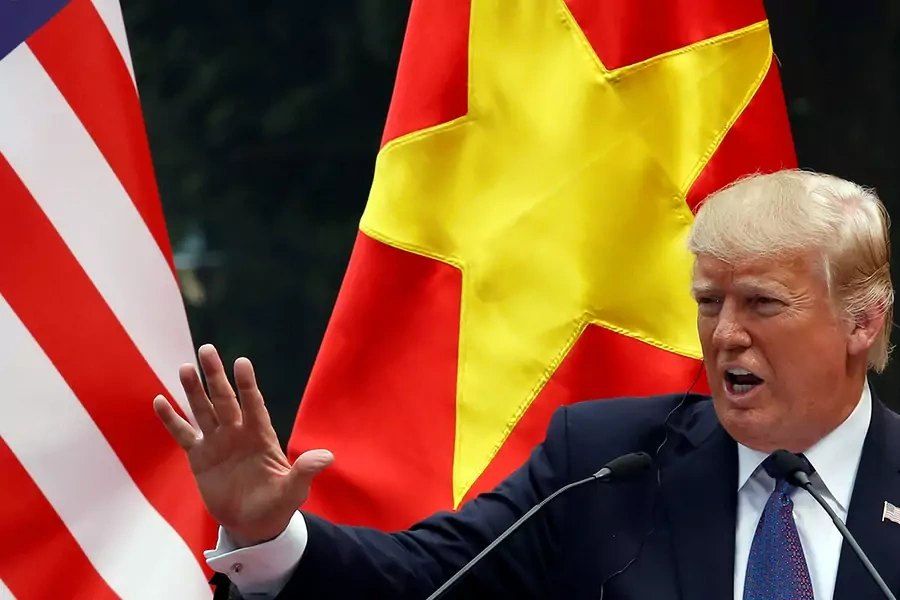The Trump Administration’s “Free and Open Indo-Pacific”: A Solid Idea, but Difficult to Pull Off

More on:
As I note in a new article for Aspenia Online, over the past year, the Trump administration has dismantled multiple aspects of the Obama administration’s “rebalance” approach to Asia, including withdrawing the United States from the Trans-Pacific Partnership (TPP) and seemingly reducing U.S. diplomatic resources in Southeast Asia, as part of a broader ongoing purge of the U.S. State Department. (The administration still does not have an ambassador to Singapore, a key U.S. partner in the region for instance, and it also does not have an ambassador to South Korea.) The rebalance, originally called the “pivot,” was supposed to signal that the United States would play a large role in the Asia-Pacific region in the future—bolstering diplomatic ties, promoting a regional free trade agreement, and strengthening military and strategic links with many Asian nations, as a sign of continuing U.S. commitment to Asia. The rebalance also included an effort, by the Obama administration, to reach out to countries with whom the United States had had poor relations in the past.
The Trump White House has not abandoned all of the core precepts of the rebalance, even as it has jettisoned some key aspects like keeping the United States in the TPP, and has publicly declared that the “pivot” or “rebalance to Asia” is dead. But the Trump White House is attempting to build its Asia strategy around an approach that is somewhat different from the rebalance. This approach remains nebulous, and the White House still has not offered many details of how its new approach will reassure allies and partners in Asia for the long term.
For more on the Trump administration’s approach to the broader Asian security issues, including its “Free and Open Indo-Pacific” framework, see my new article for Aspenia Online.
More on:
 Online Store
Online Store